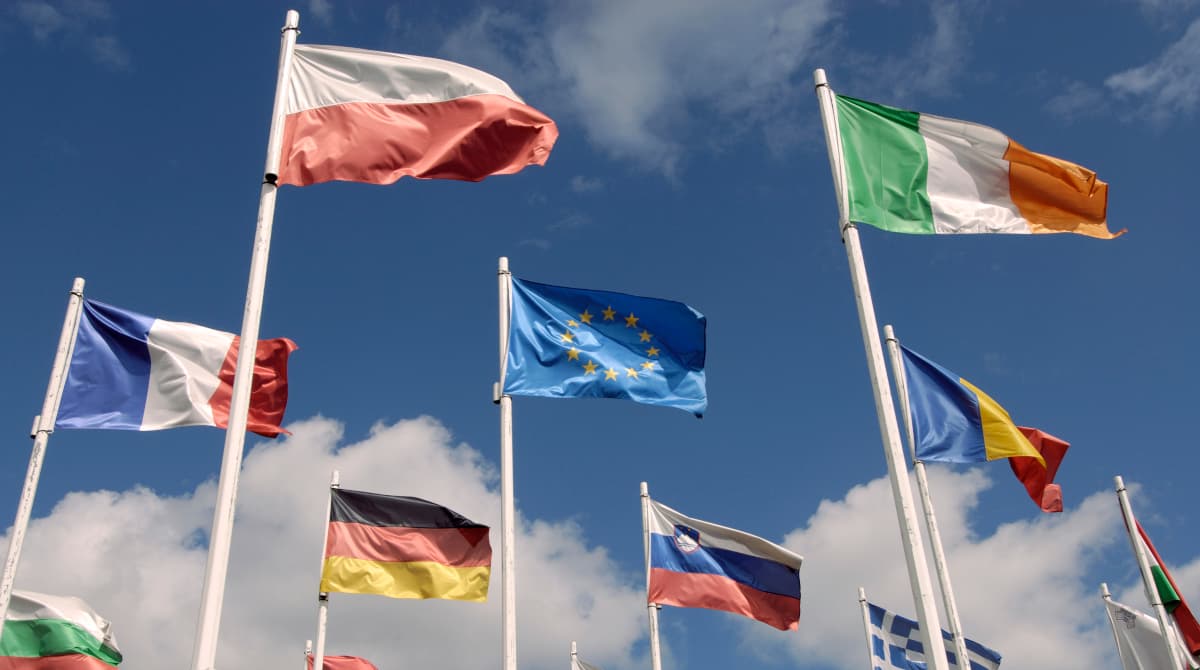The development of a multi-language website is cost and time intensive. Why the efforts are worthwhile anyway, especially within the B2B segment, and what you need to keep in mind for the localisation are revealed here.

Website in the native language builds trust
Digitalisation is opening up new markets for the B2B segment. Since the coronavirus, potential customers, even those from the other end of the world, have been dropping in at virtual trade fairs and informing themselves. A multi-language website is enormously helpful to communicate with this international clientele in the best way possible. Indeed, the target group normally understands English, but a presentation in the respective native language comes across as particularly serious and trustworthy.
Especially in the B2B segment, it is expected that internationally active companies live up to their global image. A multi-language website is part of the picture of a global, specialist and professional company.
The number of languages a website should offer
It’s not a bad thing, of course, when offers are formulated in as many languages as possible. But its important to remember: if you want to get targeted marketing measures rolling, with the aim of capturing a certain market, you can’t get around the native language there. For instance, if many potential interested customers are from Japan, the website should definitely speak their language – even though lots of Japanese in the industry can speak English. Especially in the B2B area, not everyone is familiar with the often necessary specialist terminology in English. And the French, for example, are very proud of their country and their language, and especially appreciate it when the communication is in French.
The number of languages on a website should naturally always be relative to the efforts required. A one-off transaction is not enough. You also need to make sure that the requests from customers can be answered in the respective language. Ideally, a native speaker for customer service is responsible for all the languages offered.
Complete or partial translation of a website?
The efforts depend strongly on how comprehensive the localisation of the content should be. Does every subpage have to be available in every language or is it enough to translate the essential content? Especially the transcription of brochures, datasheets and technical documentation can be time and cost intensive. For new products, the descriptions also have to be adapted in terms of language.
Possible are also so-called mixed models, whereby general content like news, blogs, case studies or white papers are only in English. Localised is only the content particularly significant for the customer journey alone, for instance product specifications or all text that supports the purchasing process.
Pay attention to market-specific characteristics
Translation agencies should be chosen carefully and know the respective industry. Not everyone who can translate marketing terminology is also able to transcribe technical specialist text. At the same time, the characteristics of the different markets should be kept in mind. A website in Spanish can be adapted for the Spanish market, but not necessarily for the South American countries using the same official language. Many Spanish words, for example, are not used in Argentinian or Uruguay. Generally speaking: to build up trust within a new market, you need regionally adapted formulations, illustrations and the right language style.
On top of this, the local data privacy regulations have to be complied with, and then – and this is very important – there is search engine optimisation. After all, the essential keywords often vary from country to country, so that simple translations don’t always rank well everywhere. This needs to be considered for the content of multi-language websites.
